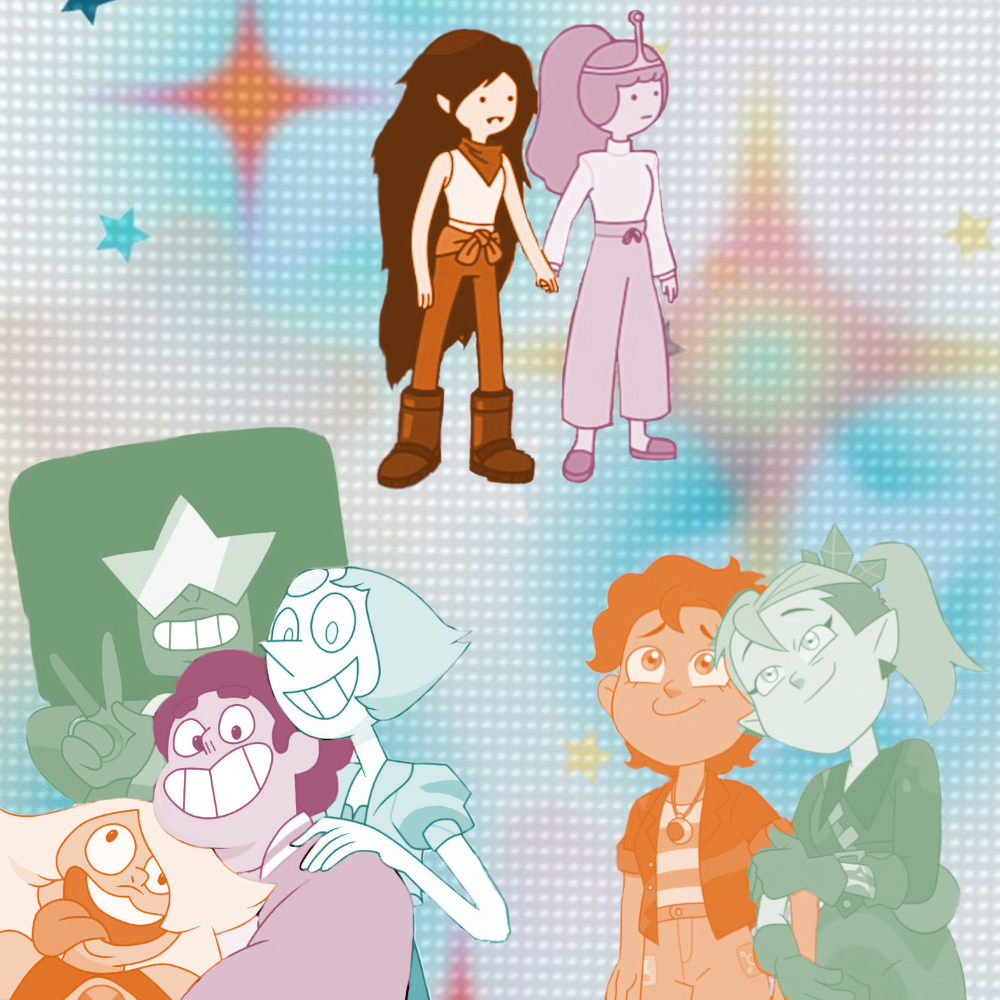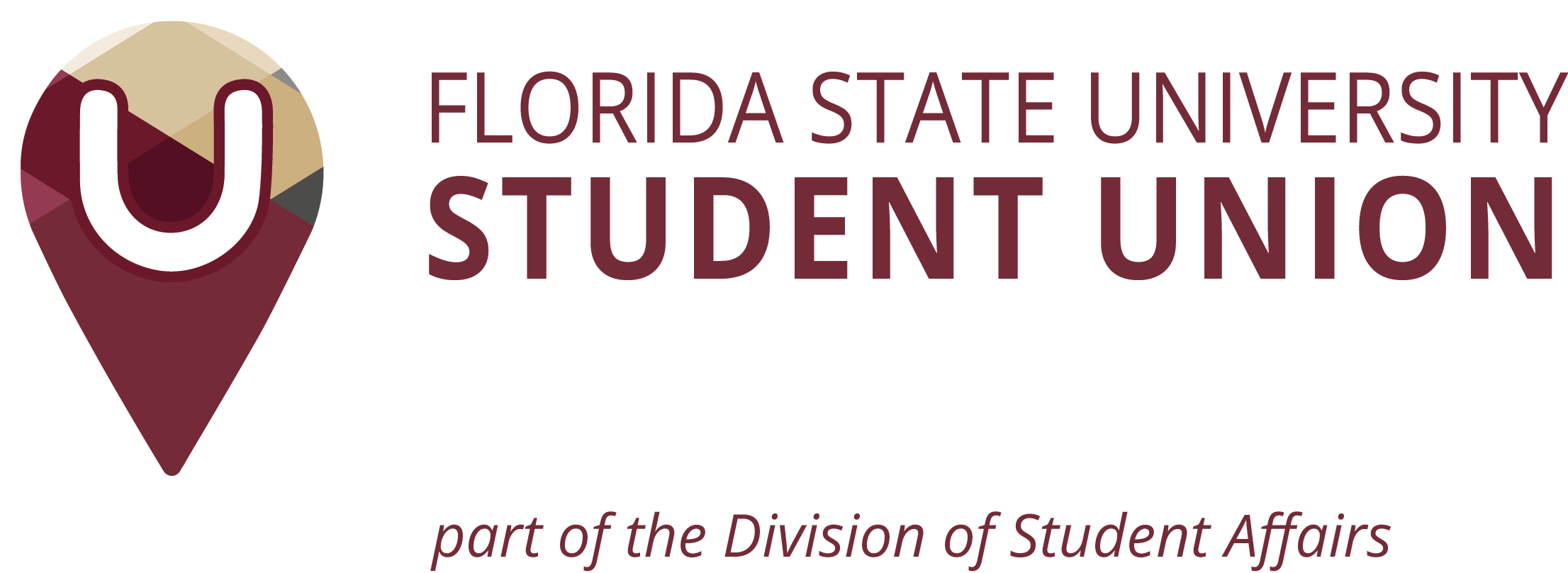Please visit response.fsu.edu for official FSU updates and resources.
A Queer Person’s Guide to My Favorite Canon and Fanon LGBTQ+ Characters in Animation

In recent years, LGBTQ+ representation in animation has been getting better and better. Queer characters in mainstream media are becoming front and center, especially with shows such as The Owl House or Steven Universe, but it is nowhere near perfect. Disney’s tokenization of queer individuals is a prime example of this, with characters like Officer Specter from Onward, or Lake from Elemental. These characters have only a few lines, with no real development within the story; they’re included to tick off the box of having an LGBTQ+ character just so the movie can be “inclusive.” These characters are a disservice to real LGBTQ+ people, as they aren’t representative and instead tokenize the existence of queer individuals.
The shows I list are better examples of what queer representation should look like — and are my personal favorites. Their acknowledgment of queer individuals is more representative of the diversity of the LGBTQ+ community. The advancement of LGBTQ+ people into mainstream media is an important revelation, and we need to keep the ball rolling by supporting queer animation.
Luz and Amity from The Owl House
The Owl House changed the landscape for LGBTQ+ in the Disney brand [in/by] proudly featuring a sapphic couple front and center. When the show’s finale aired, Dana Terrace, the creator, threw all subtlety out the window and went out with a bang. In the time-skip epilogue, Luz comes out to her mom as bisexual and Gus waves bisexual flags around with rainbows. Besides Luz’s canonically confirmed bisexuality, The Owl House is made up of a whole collective of queer characters. Amity is confirmed as a lesbian by Terrace, Willow is pansexual, Hunter is bisexual, the Collective is nonbinary… I could keep going, but I think I made my point. I love how this show represents queer friend groups so well, as it’s realistic in showing how queer people tend to gravitate towards one another in real life. Some of the characters in The Owl House may only appear on screen briefly, but Terrace’s inclusion of queer characters is not just tokenization. There are not only one or two queer characters in the background of the show; rather, queer background characters support a main-cast queer relationship that develops between Luz and Amity that leads the plot of the show.
Almost the whole cast of Steven Universe
Some of the most prominent queer characters in Steven Universe include Pearl and Rose Quartz, who are speculated to have once been in a relationship with one another; Peridot is asexual and aromantic, as stated by one of the writers of the show; Stevonnie is intersex and non-binary, as seen in one of the Dove Self-Esteem shorts. In Steven Universe Future, Sadie has a non-binary partner named Shep, and in the sequel, Bismuth has a crush on Pearl. The main relationship is between Ruby and Sapphire, who make up the fusion Garnet; the two even have a whole episode dedicated to their wedding. Sapphire and Ruby’s relationship is realistic, which is part of what I love about Steven Universe: how normalized being LGBTQ+ is. It’s not a special thing, it’s just a part of the characters and makes them who they are.
Blubs and Durland from Gravity Falls
In the last episode of the series, the two are confirmed to be in love with one another: The cops threaten to taser anyone who talks about Weirdmageddon, and the two exclaim that they are “mad with power…and love!” Alex Hirsch, the creator of the show, also confirmed this on X. The two are consistently seen throughout both seasons together, as they are never in a scene alone or without mentioning the other. In one episode, while the Pines family and Soos save Waddles from a Pterodactyl, the cop couple are sitting together in their car before the roof is torn off by the dinosaur. Deputy Durand is doing a maze, and when he misses the treasure, Sheriff Blubs tells Durland the real treasure is the “time they spend together.” They’re unapologetically obsessed with one another, and I’m very sad we’ll never get a season three to see more of them.
Vi and Caitlyn from Arcane
Throughout the first season, the audience slowly gets to see both women care for one another more and more. What makes Vi and Catilyn’s relationship work so well is their dynamic with one another and how they’re similar yet different. When they meet, they show one another that the assumptions they made about each other aren't entirely accurate; Caitlyn is not as uncaring, as deceiving, or as cowardly as Vi assumes of Upper City citizens, and Vi is not as brutal or savage as Caitlyn assumes about Undercity citizens. Their relationship takes center stage in season two, and we see the character development of Cait and Vi individually as well as the development of their emotional connection.
Conclusion
This isn’t a comprehensive list of every single piece of queer animation out there. There are some shows I haven’t quite finished watching yet, or shows that I’ve watched that I didn’t mention; some examples include Korra and Asami from Avatar: Legend of Korra, She-Ra, and Catra from She-Ra and the Princesses of Power, and Keith and Lance from Voltron. It’s important to support queer media and show love for it, to show studios that there is an audience for LGBTQ+ characters and relationships and that it should be normalized within animation and other media. Diversity and inclusion are so important all year round, to help queer individuals feel represented within the media they consume.
Writer: Addison Delgado
Artist: Brooke Barnes



